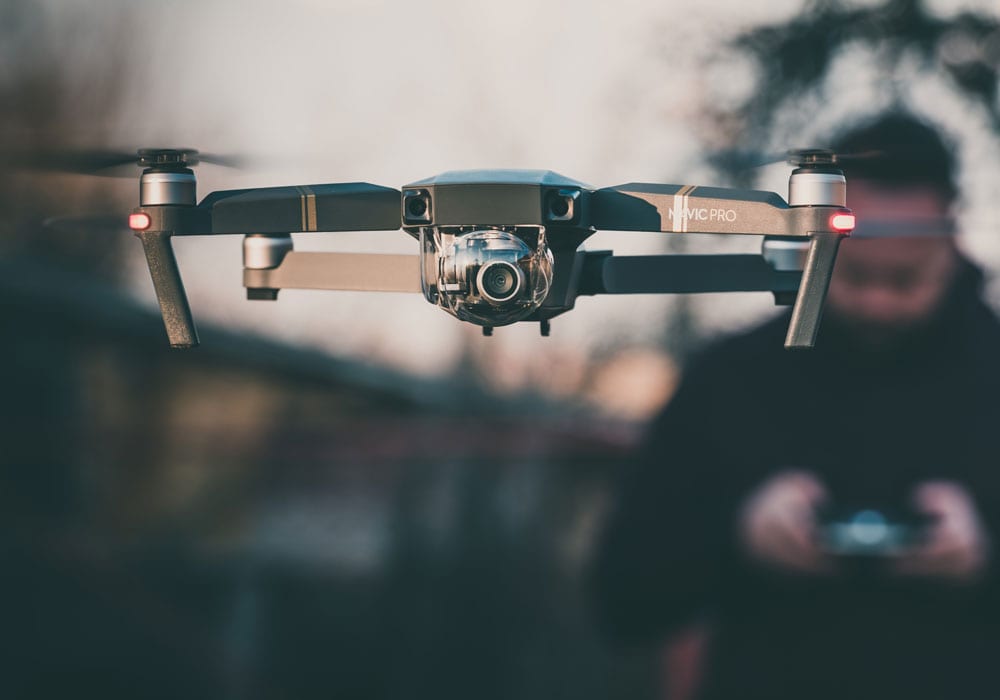The tech world has been abuzz since the first public delivery of goods took place via a remote controlled drone last year. We take a 360-degree view of the hype to look at whether drones are really going to become a thing, and what that might mean for you.
How do they work?
Drones, or unmanned aerial vehicles, have been used by military and police for years, and it’s only now that they’re entering the private sphere.
Delivery drones are largely being pursued by private companies, so the details on design specifics are being kept hush-hush. Some early prototypes used octocopters with eight rotors, weighing around 25kg, and could carry up to 2.25kg at speeds of 80kph.
They would work by going back and forth between a fulfillment centre, picking up goods, and dropping them to people. Key challenges include how much each drone can carry, being able to make multiple deliveries, and getting them in and out of a centralised fulfillment centre in good time.
What’s the rush?
Amazon’s Prime shipped five billion packages last year alone, so there’s plenty of incentive for them and other online retail giants, including Google, UPS, and China’s JD.com, to look for faster and cheaper ways of getting packages to their customers.
A report by JD.com says that they can reduce the cost of delivery by 70 percent or more by utilising specific flight paths, meaning one ground-based pilot can monitor multiple drones at once like an air traffic controller. Early signs show that there’s an environmental benefit too, with one study showing drones use less fuel than trucks, reducing greenhouse gas emissions.
Are there any downsides?
There are a number of legal and practical implications of flying fleets of unmanned aircraft, and resolving them is going to move more slowly than development of drone technology itself.
Safety is the primary concern, with airspace corridors needed to ensure they don’t get in the way of people-carrying planes and military aircraft, not to mention making sure that they don’t drop out of the sky. The logistics of scaling air traffic control to handle the intense demand of deliveries will also be tricky.
Then there’s the privacy concerns, as drones can collect valuable information as they fly, and could also potentially carry surveillance equipment. Finally, there are economic concerns, with the potential for long term job losses in trucking and related industries.
When will it be coming to me?
We’re talking in terms of years, although Google has been trialling food and medicine delivery by drone to remote parts of Australia. The federal government has relaxed some regulations to allow for such trials to take place, however they say that “safety must always come first”.
In short, we’re likely to be fast followers rather than pioneers—but we might need to be looking closer to home, with experts saying that China is likely to be ahead of the US in when it comes to the technology.
You might not be getting your Vegemite dropped to your door for awhile, but you will probably see drones patrolling beaches for sharks this summer. Watch this (air) space—and in the meantime, look to Zoom2u, who offer Australia’s fastest ground-based deliveries.
